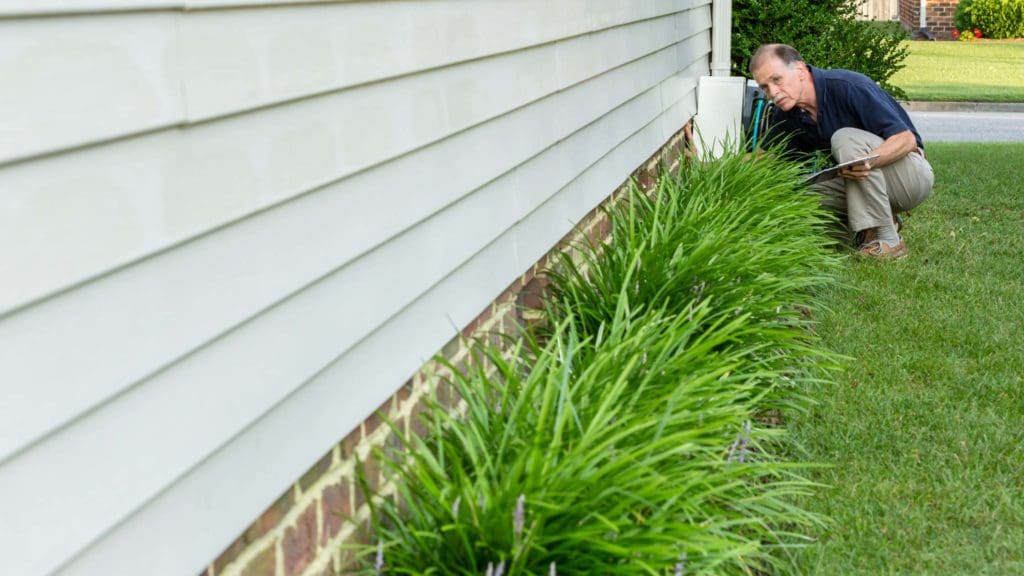The foundation is one of the most critical structural components whose overall condition can greatly affect the lifespan of a house. Although our home’s foundations are buried in the ground, weather changes characterized by heavy rains followed by droughts can take a toll on them, especially if they’re neglected. In addition to the fact that a foundation should be built with high-quality materials, inspecting and maintaining it on a regular basis is the only way to keep both your foundation and home in tip-top shape and extend their lifespan. To avoid any structural issues that could ruin your home and cost you a small fortune to fix, here are a few fatal foundation mistakes you should be aware of.
Poor Drainage around the Foundation
Ensuring proper drainage around your foundation is a critical factor in maintaining the structural integrity of your home. To prevent damage to your foundation, the soil around it must contain the right amount of water, so it’s neither too wet nor too dry.
If rainwater doesn’t drain from your home effectively and starts pooling around your foundation, it could enter your crawlspace. Standing water and ever-present moisture in the crawlspace may lead to a whole host of problems, including mold growth, wood rot, pest infestations, pipe damage due to corrosion and rust, electrical hazards, and even substantial structural damage.
Additionally, most of the soil in Houston contains a large amount of clay. Because this type of soil is prone to large volume changes (expansion and contraction) due to the moisture content, the soil under your home’s foundation is likely to expand significantly in the presence of water, causing upward pressure on your foundation. Repeated expansion-contraction cycles will eventually lead to a series of problems over time, such as differential settlement, uneven, warped, and/or sagging floors, and even deep cracks in your home’s foundation, floors, and walls.
Dry Soil around the Foundation
During the hot summer months, the soil around and under your home tends to get extremely dry. If you allow the soil to get too dry, it will shrink and develop deep cracks. As the water will continue to evaporate, the soil may also pull away from your foundation, and gaps could develop. Any deep and wide cracks and gaps that develop in the soil around and under your home will prevent the foundation from providing adequate support for your home. One side of your foundation may start to sink, causing the other sides to move in an upward direction. As a result, your foundation and home will become increasingly unlevel.
The biggest problem isn’t only that once a foundation begins to shift, it will continue to shift, but also that major and irreversible structural changes may take place once this occurs. Although an experienced foundation repair contractor will be able to solve the problem, you could easily prevent this type of damage by maintaining consistent moisture levels around your foundation during the summer.
Postponing Foundation Repairs
Inspecting your foundation on a regular basis is an important part of preventative home maintenance. When small issues, such as hairline cracks and gaps, are observed, foundation repairs should be made in a timely manner. While a small crack or gap in your foundation may not seem like a big deal, it will get worse over time, eventually turning into a deep, wide crack or gap. This could lead to different problems, including mold growth, pest infestations, water accumulating in the crawlspace, and extensive structural damage. By taking care of foundation issues as soon as you observe them, you can avoid all these problems and save a lot of money.
Making Foundation Repairs Yourself
Repairing a foundation crack may seem like a simple DIY task. However, some foundation repairs require professional training and experience in order to successfully carry them out. For instance, specific foundation cracks may indicate some serious structural issues that could worsen over time. To prevent structural problems from getting worse, you should call in a professional who is able to inspect your foundation and fix all the cracks and gaps that could compromise the structural integrity of your home. Additionally, it’s important to know that foundation crack repair kits can’t fix everything. As well, they often provide only a temporary solution to foundation problems. As a result, a deep or wide crack repaired with such a kit is likely to widen over time, leading to extensive structural damage that will be more difficult and costly to fix.
In addition to all these, some professionals suggest avoiding planting trees or shrubs too close to your home. While we agree that trees and shrubs planted near a house could cause damage to its foundation, there is a relatively simple and inexpensive solution to this problem: root barriers. Root barriers, like our BioBarrier system, can prevent damage by redirecting roots away from your foundation.
If you observe any of the signs that typically indicate foundation problems, don’t hesitate to contact our foundation repair specialists for help! Taking action early could mean the difference between a few hundred and several thousand dollars in foundation repair costs.

